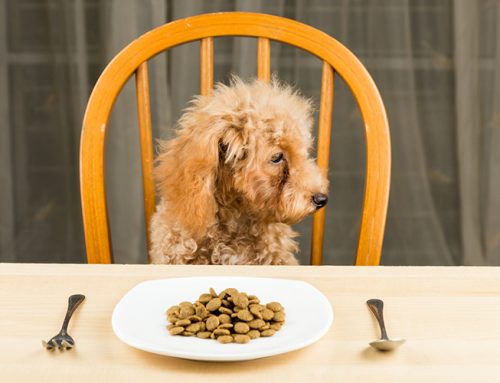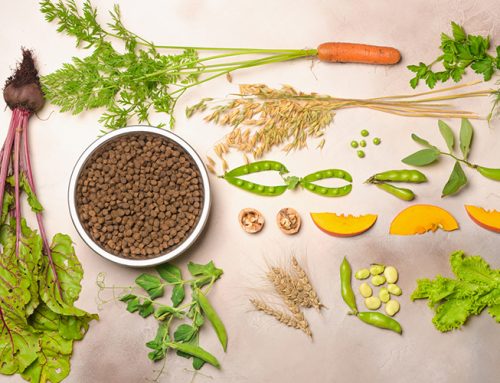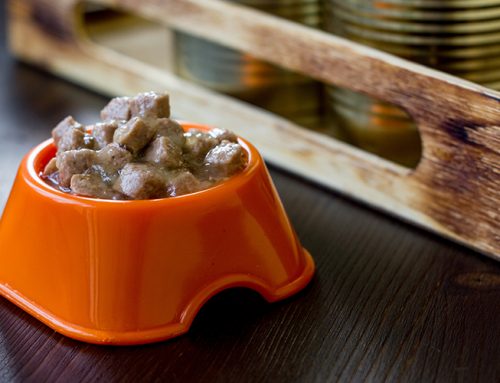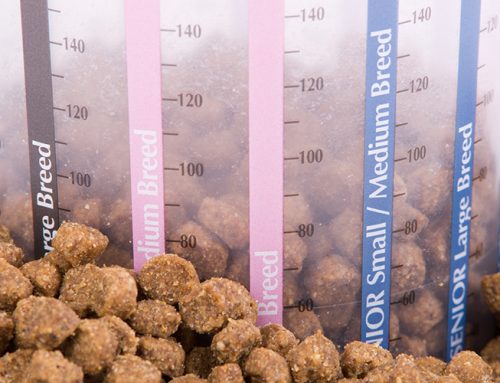Thirsty Dogs – When to Worry about Water Consumption
Is your pooch more parched than usual? Sometimes it’s hard to tell exactly how much water your dog is consuming – they can often be sloppy drinkers – but if you’ve noticed your dog frequenting their hydration station excessively, read on to find out why and when you should reach out for help.
Drinking lots of water is actually one of the most common concerns amongst dog owners. Medically, vets refer to the excessive consumption of water as Polydipsia (which directly translates to ‘much thirst’). There are multiple factors that could be affecting your dog’s thirst; anything from the weather and physical activity to ageing and underlying illnesses. But don’t jump to the latter too soon.
How much water is too much?
On average, an adult dog should drink about 1 cup of water daily per 10 pounds of their body weight. You could also measure it as 2.5 times their amount of food, in water.
Dogs are a lot like us; the more active they are, the more water they’ll need. It’s common for large breeds to pant more, expending hydration, so they need to drink more water. Even small, playful breeds will lap up water easily – they naturally replenish hydration from excessive physical activity or even amuse themselves when at the water bowl.
Playful puppies will tend to drink more water than usual during growth spurts and nursing mothers will adjust their hydration levels according to their milk production.
Is your dog drinking more water than they need?
If you feel that your canine companion is drinking much more water than their body weight and activity levels require, it may indicate something more serious. Most cases of consistent Polydipsia relate to dehydration – when dog dehydration is severe, it can be life threatening.
Various common factors influence dehydration; extreme heat, physical activity, ageing and diet – basically anything that would affect the normal flow of nutrients and bodily fluids. If your dog is on a dry food diet, take note of how much water they are ‘eating’ too. Kibble and other dried dog food options often contain a low percentage of water; sometimes as low as 5 or 10%. Additionally, food with high sodium levels will also accelerate your dog’s thirst (amongst other things), so be conscious about the amount of sodium your dog is consuming.
If your pup has suffered from an upset tummy, perhaps they’ve vomited or had a bout of diarrhea, they would need to replace their bodily fluids.
How will I know if my dog is dehydrated?

While senior dogs suffer with dehydration more regularly, dogs of all ages can experience this condition. Here’s a quick skin turgor test you can safely do at home to find out if your dog is dehydrated:
- Let your dog sit in a comfortable position.
- Use your thumb and forefinger to pinch a small piece of skin – either on their back or the top of their head.
If your dog’s skin easily springs back from your pinch, they are well hydrated.
If the skin moves back slowly, or does not fully return to its resting position, your dog is likely dehydrated.
A dehydrated dog will naturally be thirstier. A few other warning signs would be:
- Unusually low energy and fatigue
- A dry mouth (check the gums and tongue)
- Thick strings of saliva
- Nausea and vomiting
Dehydration happens in stages so if you’ve caught it early, it’s possible to treat a mild case at home. Start by giving your dog small amounts of water and carefully monitor their condition.
- For toys and small breeds – give 1 teaspoon of water every 10 minutes for a couple of hours.
- For mediums and larger breeds – give 1 to 2 tablespoons every 10 minutes for a couple of hours.
Be gentle with your pup and keep a close eye on them. If the fluids seem to be helping then there’s no need to worry. If there’s no improvement in a few hours, it’s time to call the vet. Severe dehydration can be fatal so it is important to act fast.
If your dog is not showing signs of dehydration but persists with unusual drinking habits, it may be an indication of an underlying illness.
Is my dog drinking more water because of a disease?
The excessive consumption of water for a long period of time is a symptom of many common and successfully treatable illnesses.
Schedule an appointment with a vet to address some of your observations and concerns. Brace your pup (and yourself mentally) for a few lab tests – they usually run tests on blood and urine.
With older dogs, underlying issues such as kidney failure, mellitus, diabetes and Cushing’s syndrome; all cause dogs to drink more water than usual. It’s a symptom of the disease and an effect of the cure, oddly enough! If your dog is prescribed medication, thirst is a common side effect. You could chat to the vet about possibly reducing the dosage of medication to alleviate the discomfort.
Whether your dog has a history of illness, is a breed susceptible to certain medical conditions, or is straight-up healthy; it’s always a good idea to keep an eye on their water consumption. An easy tip is to try maintaining a water bowl routine – this will help you to keep track and your pup will enjoy lapping up the freshness!





